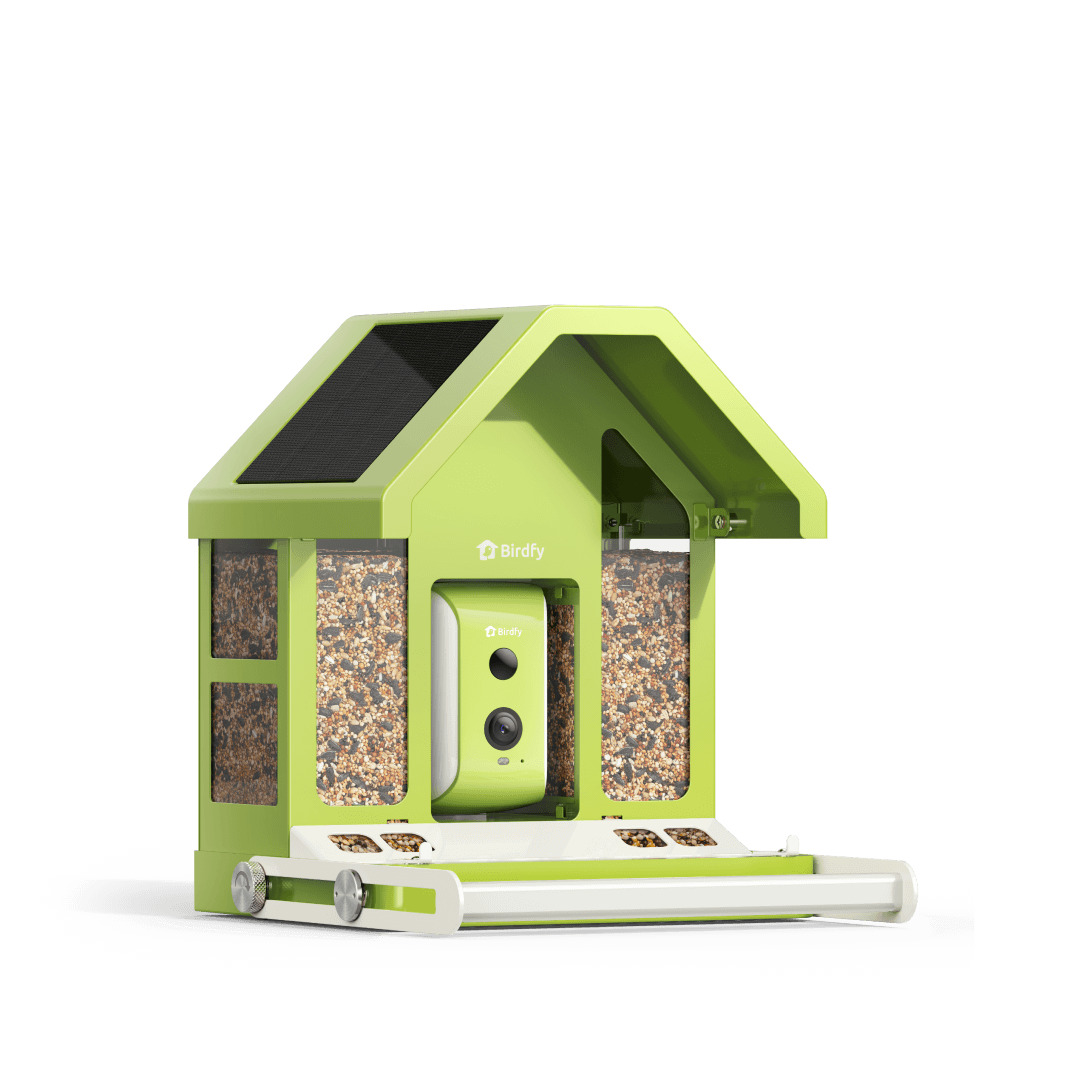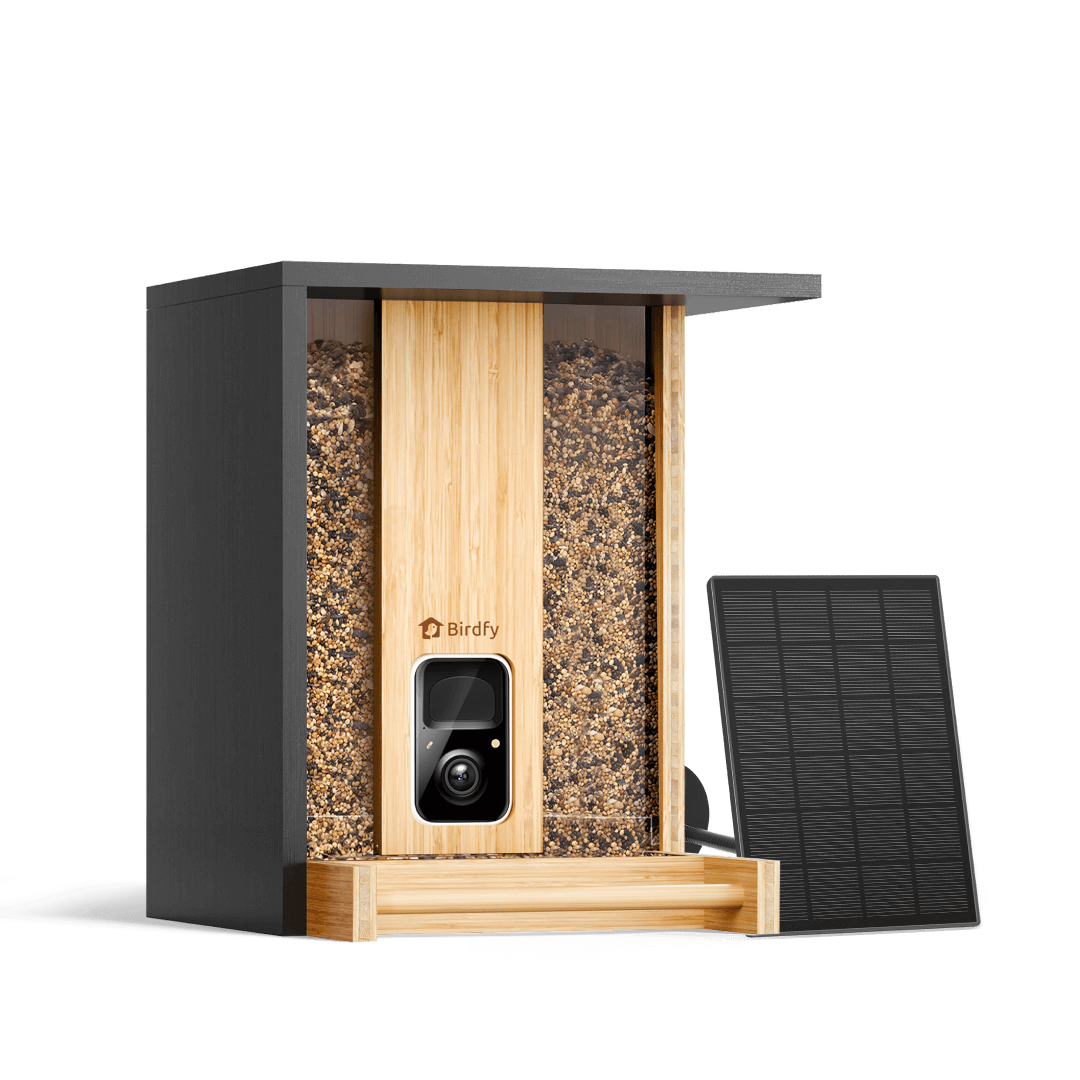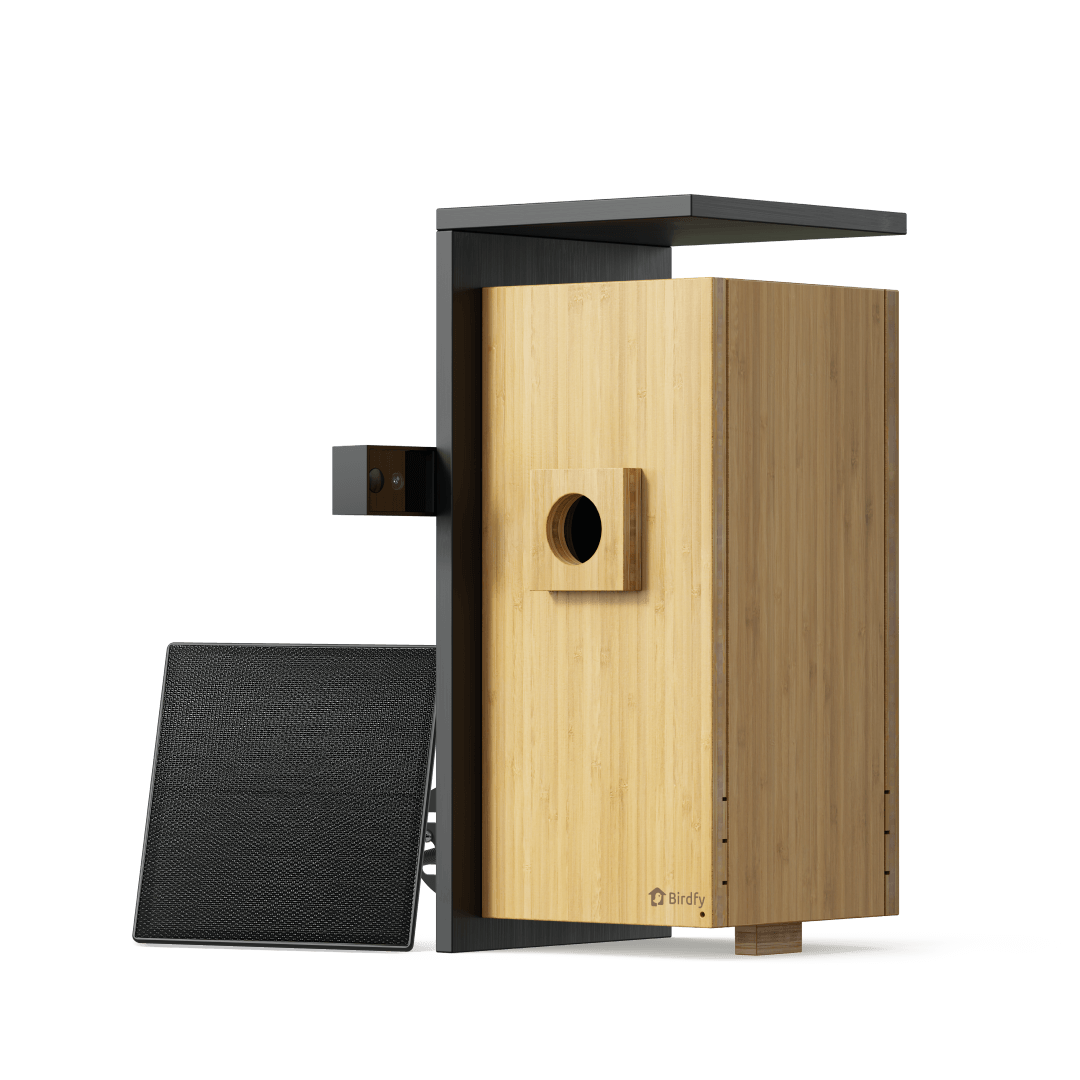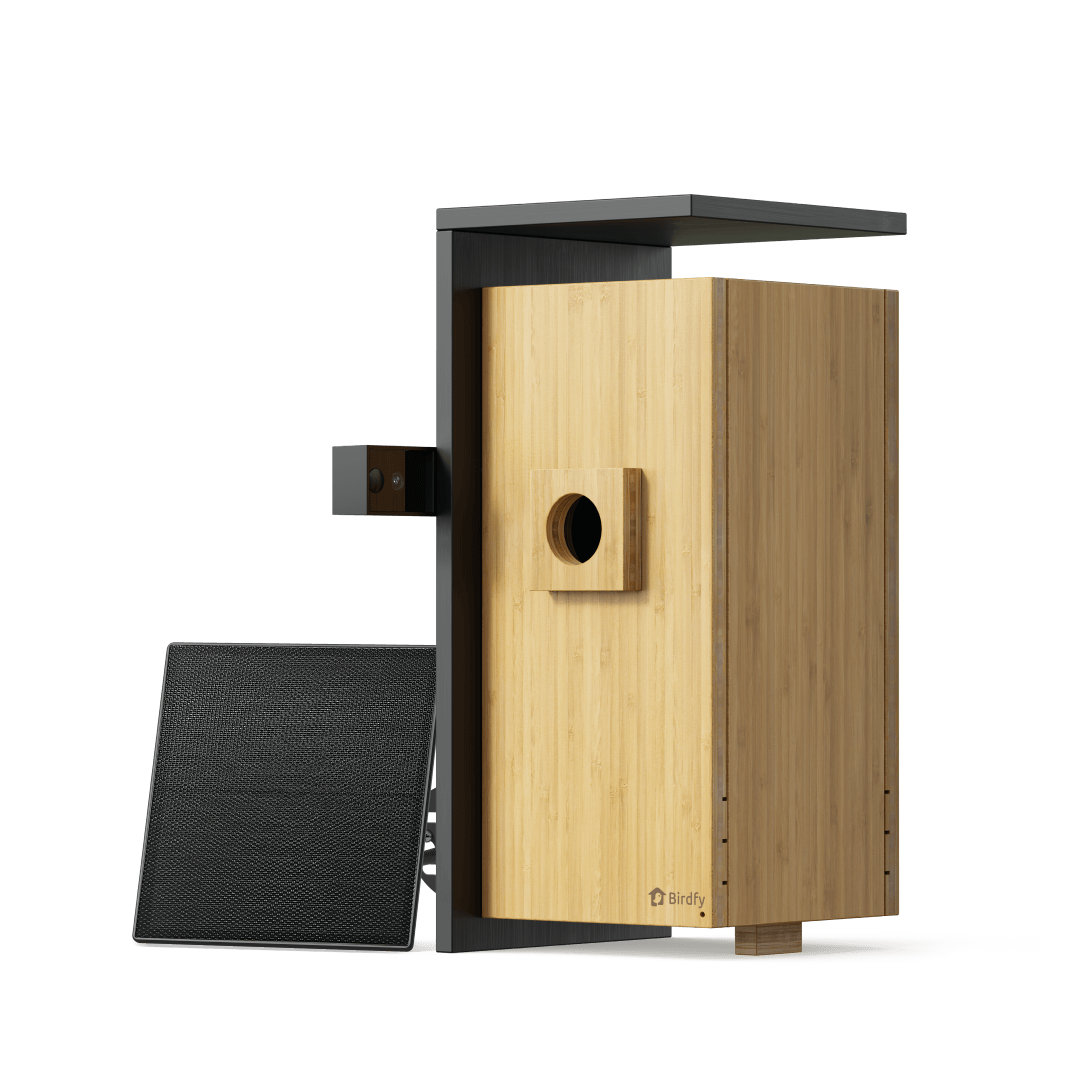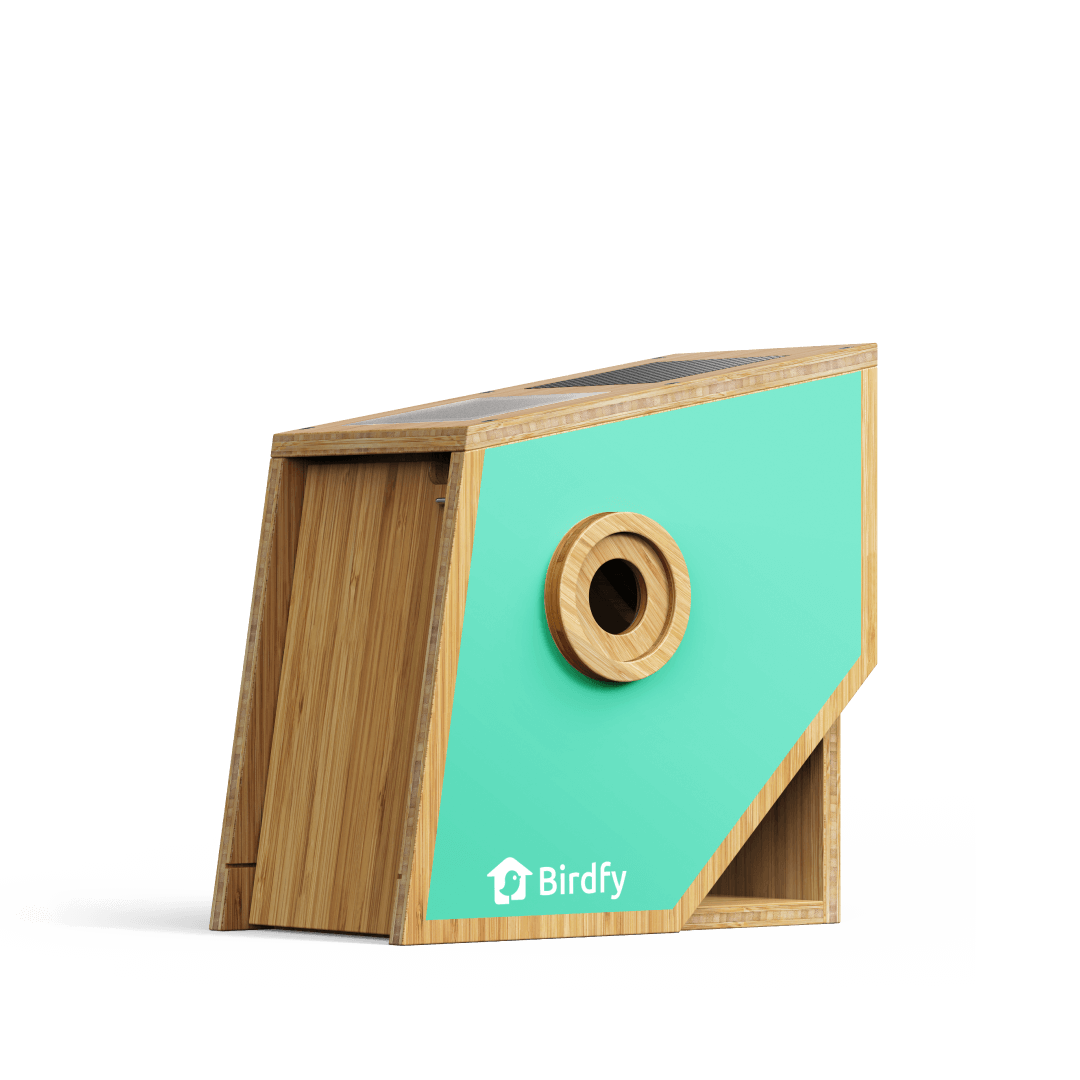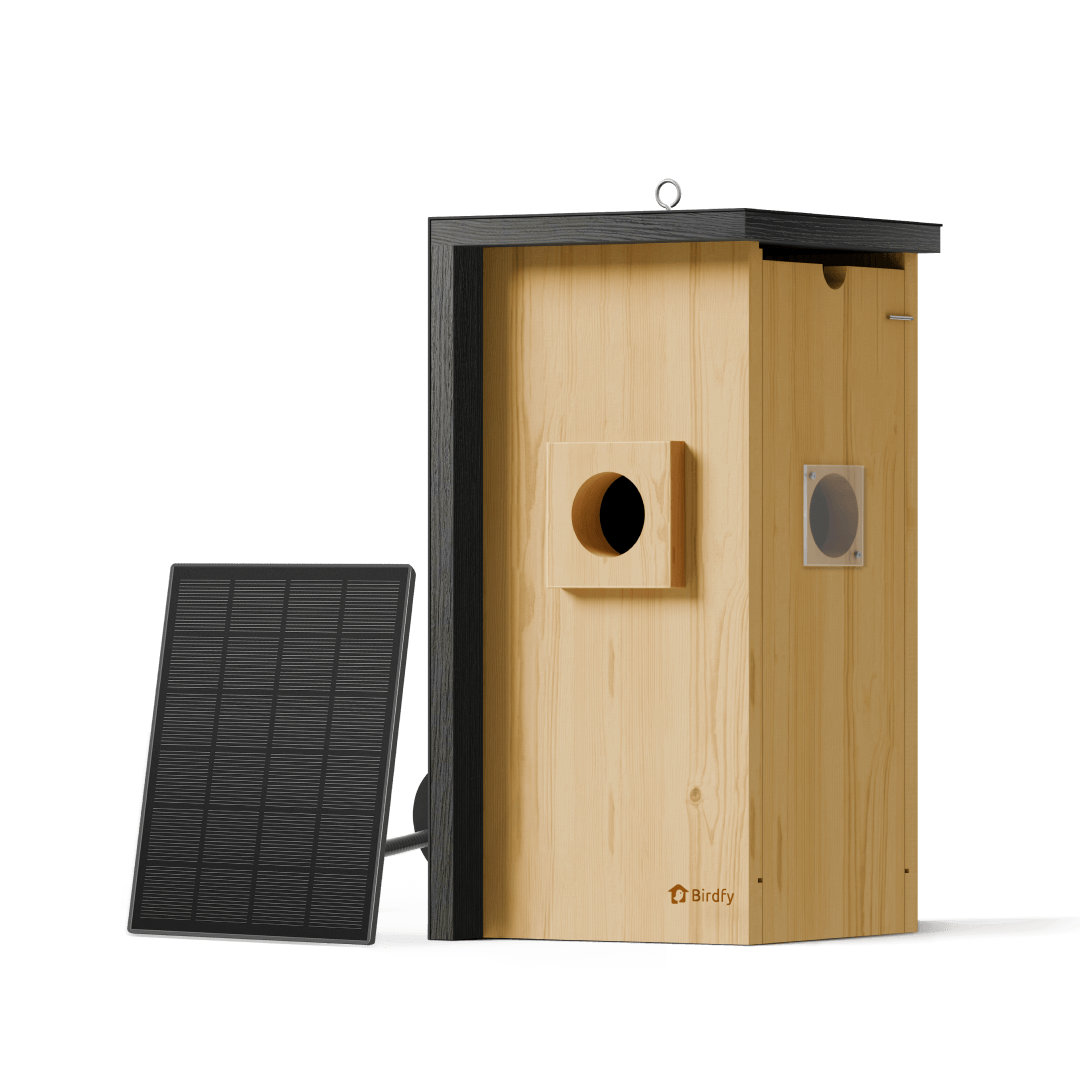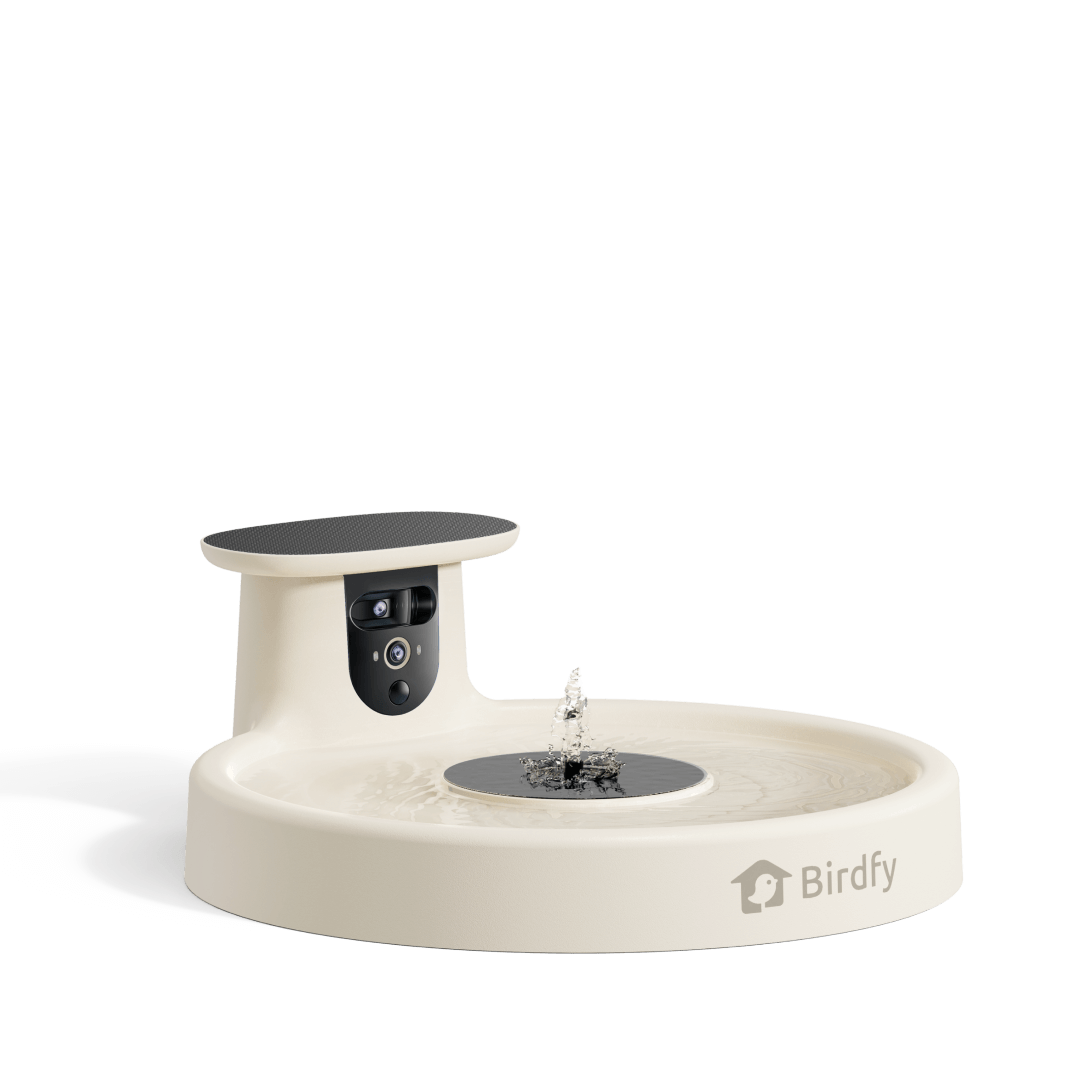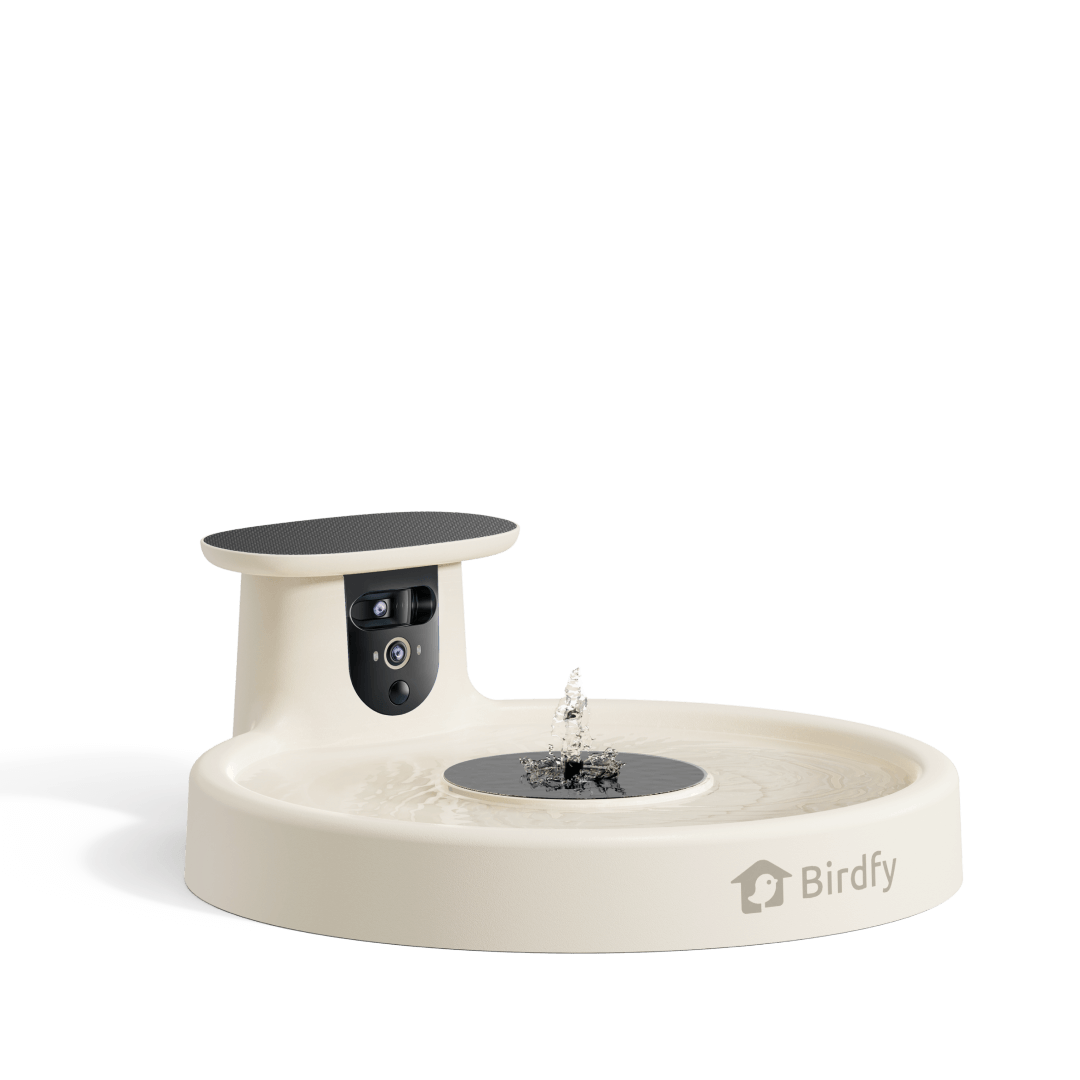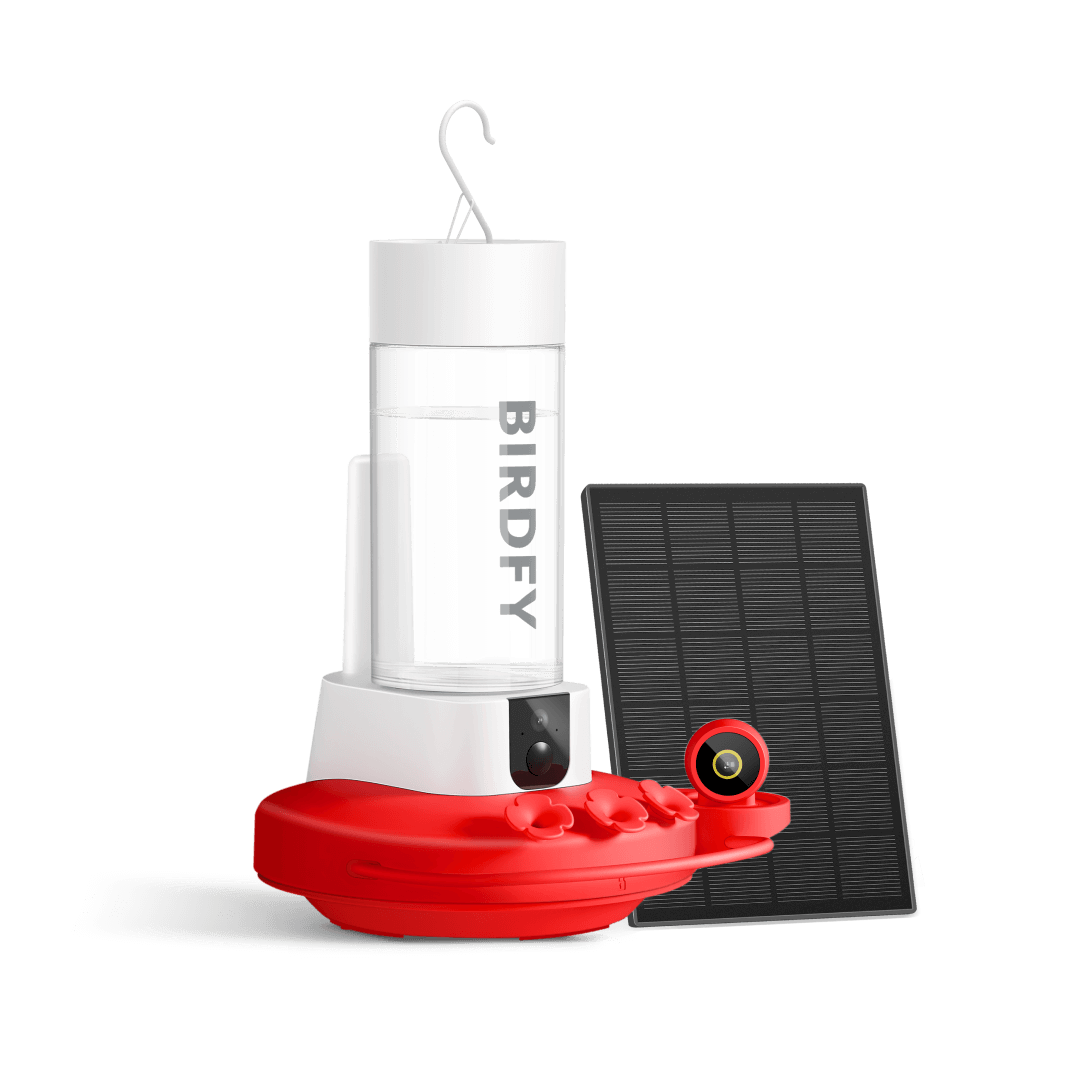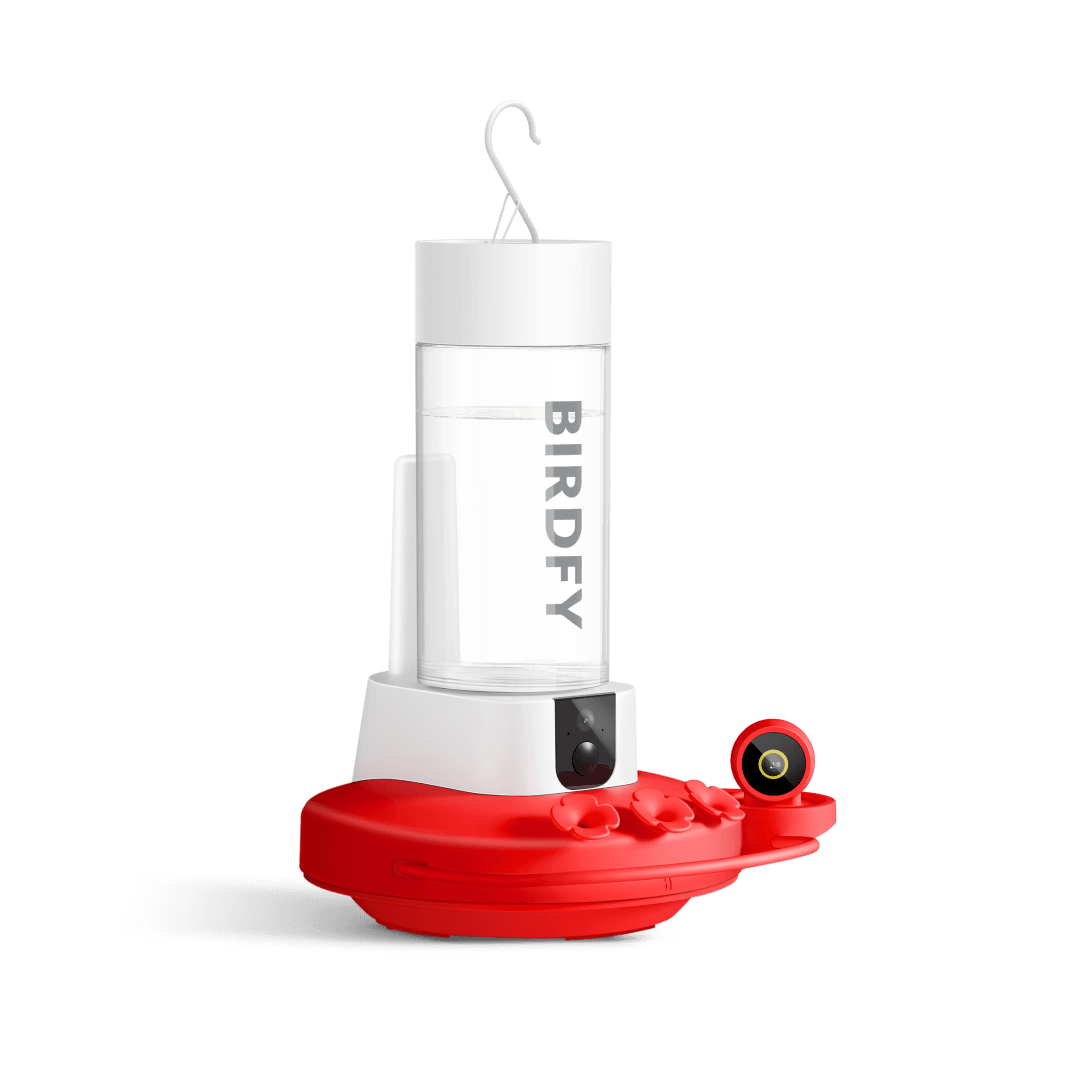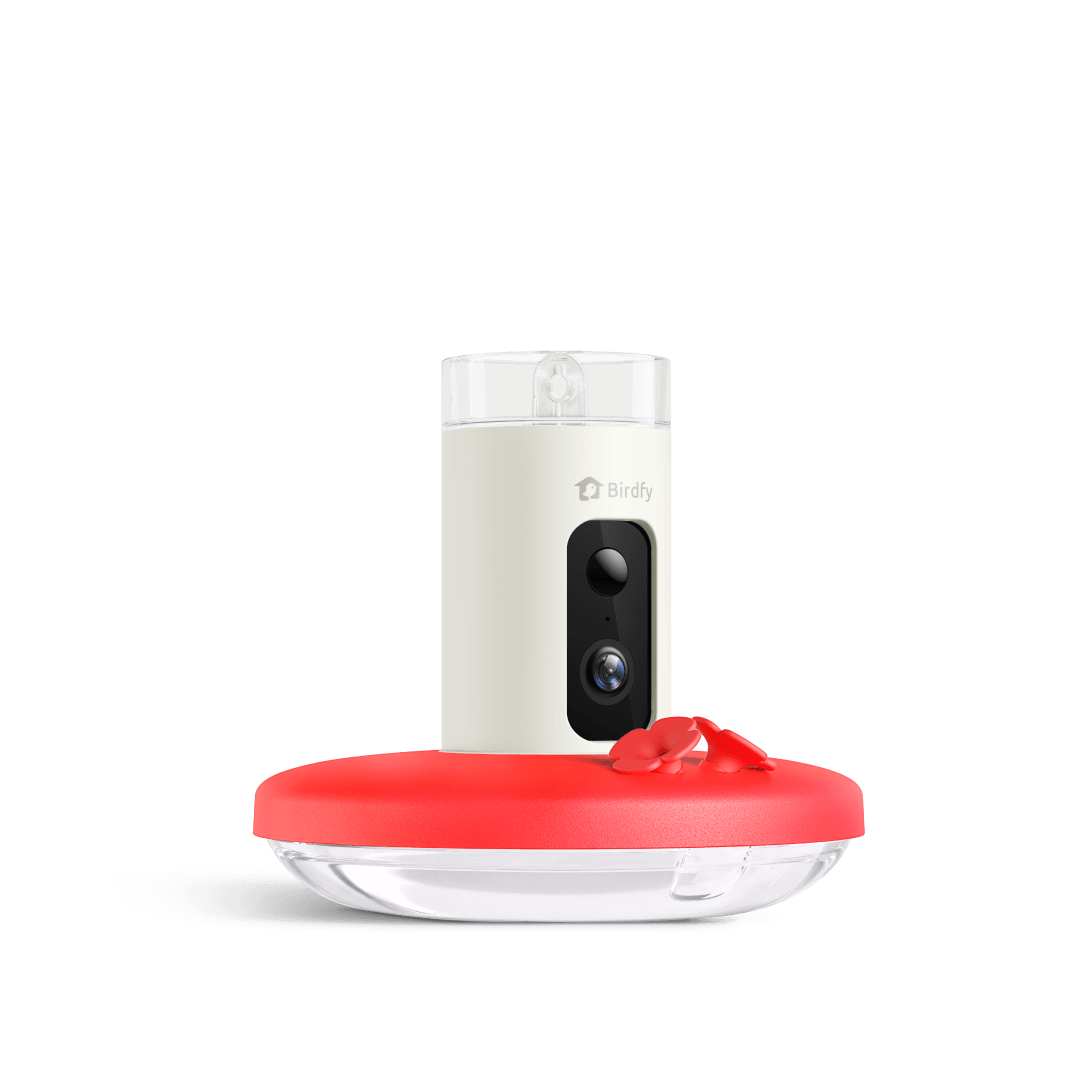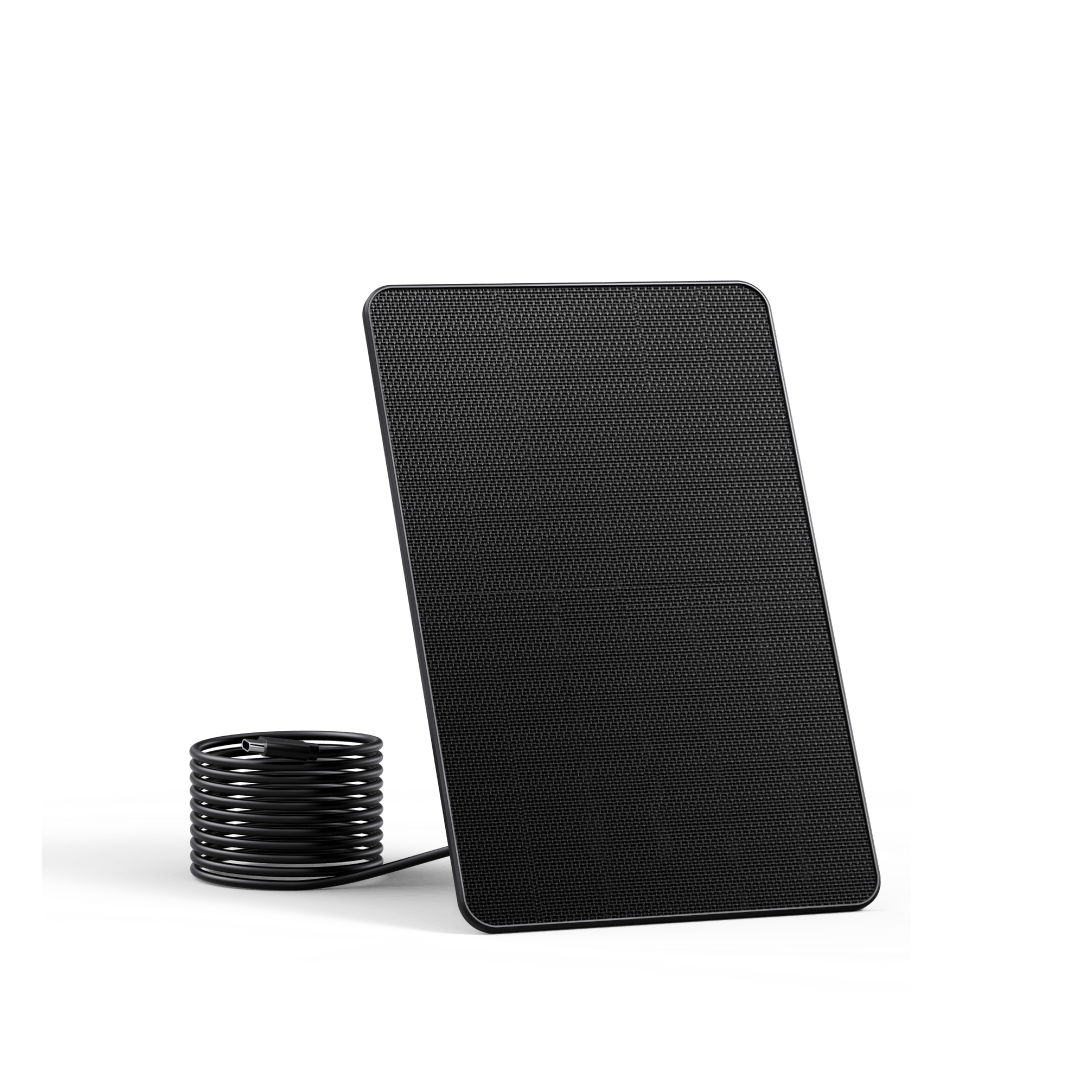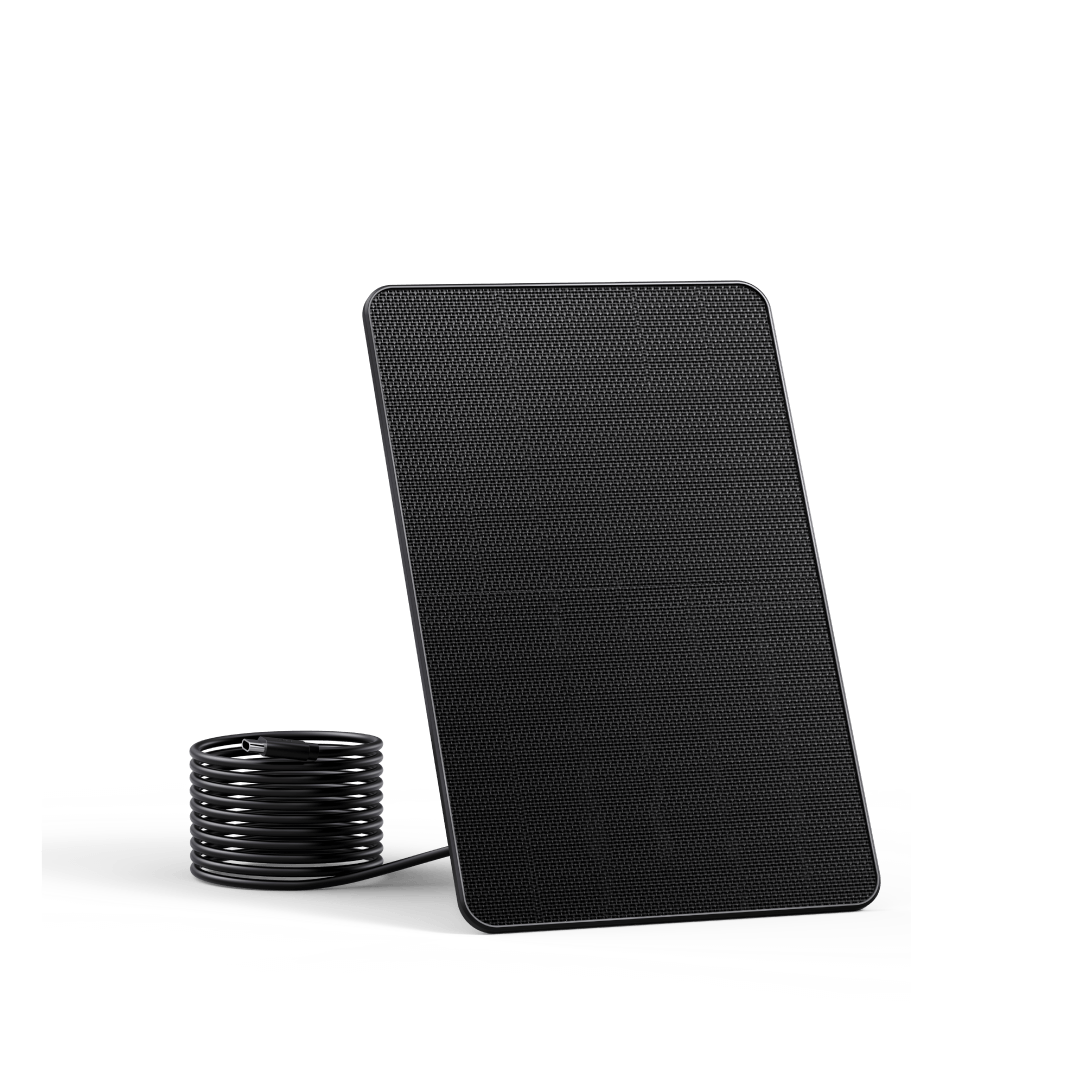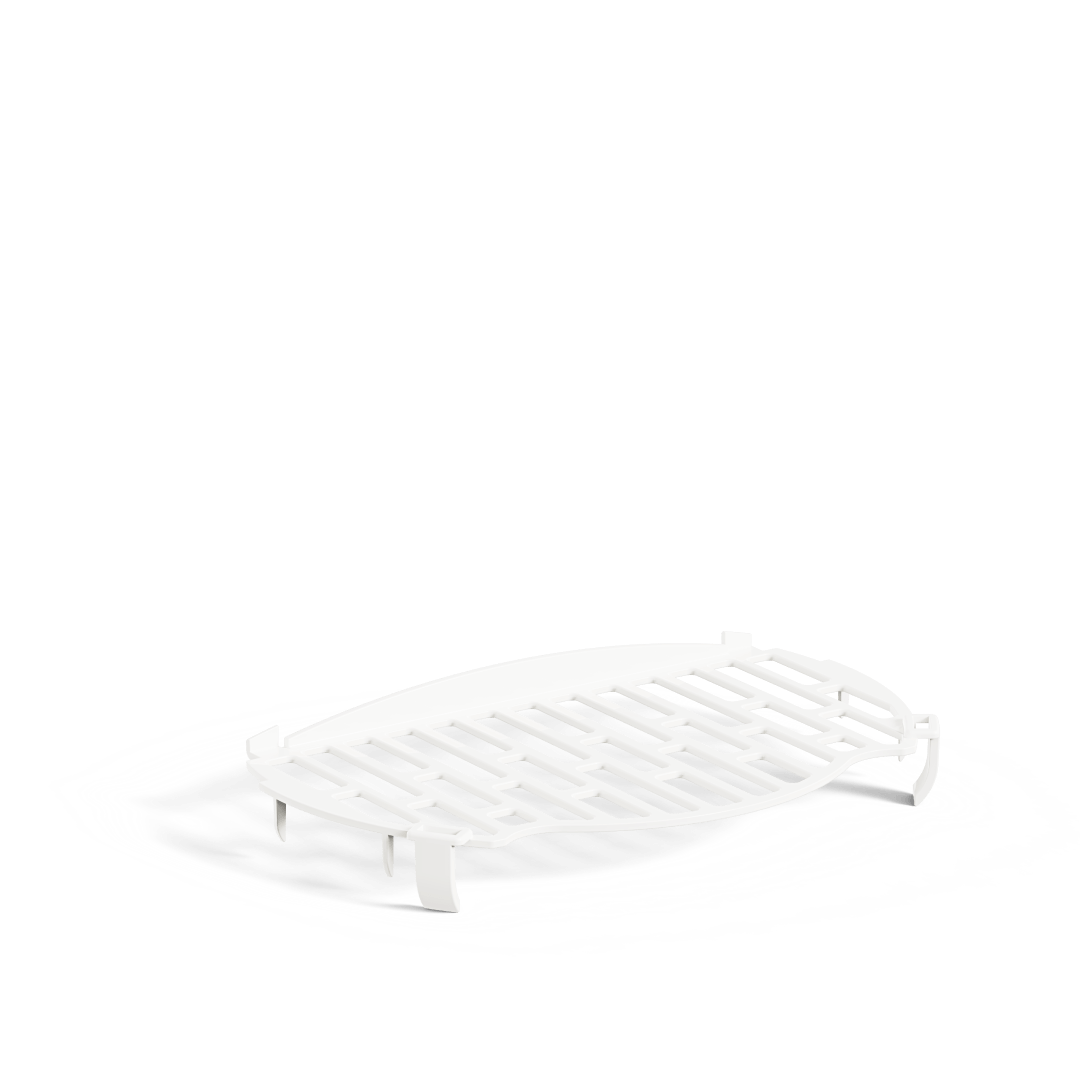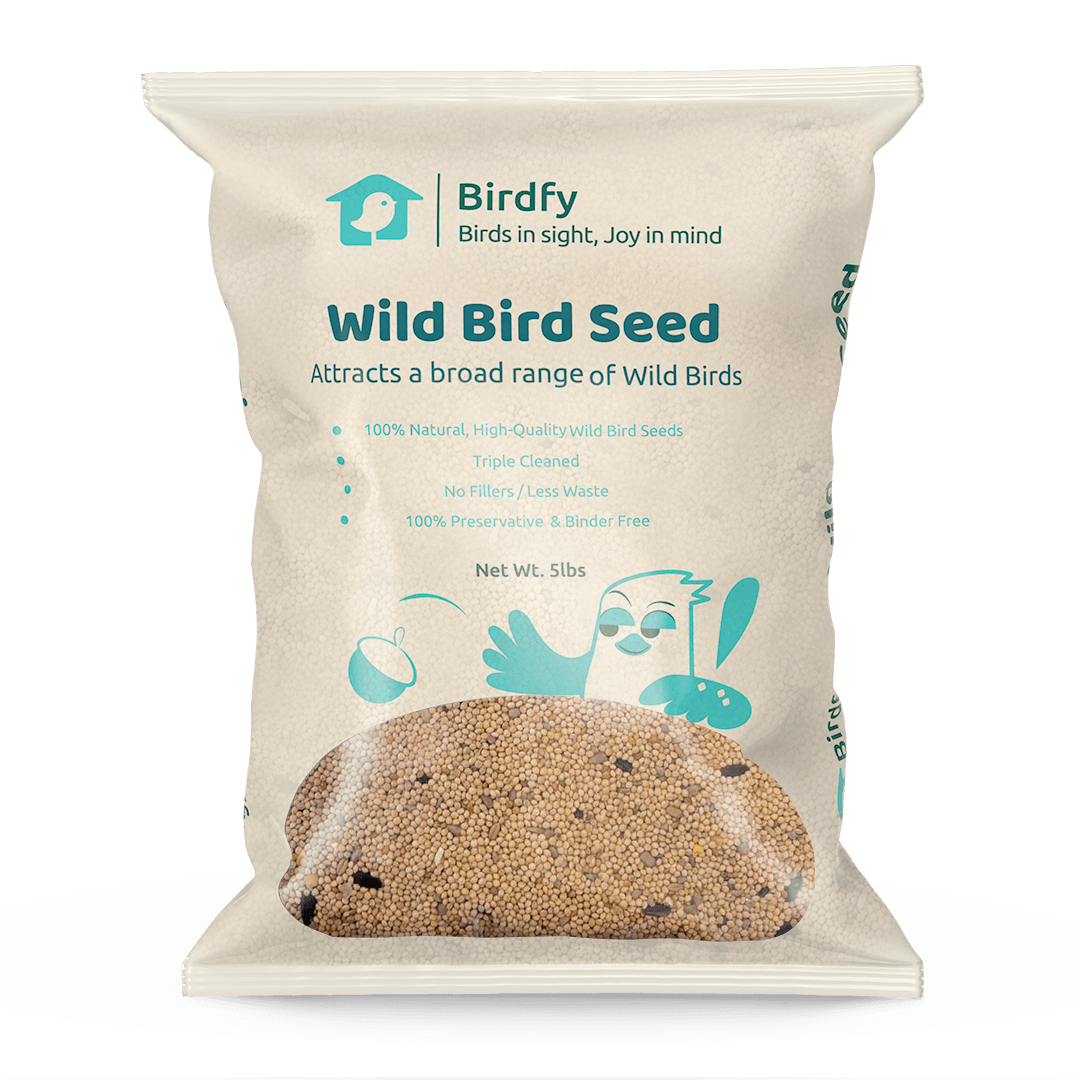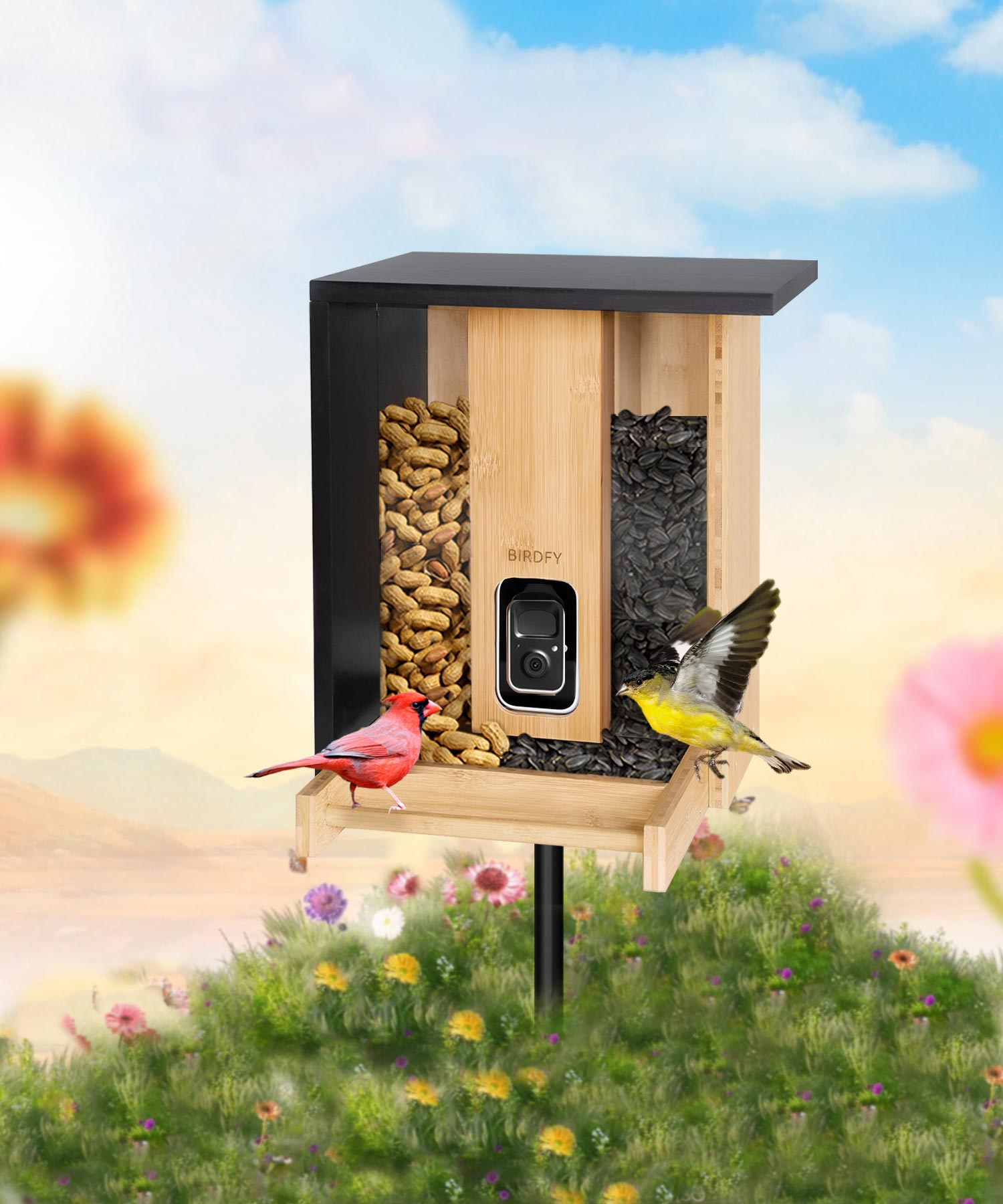How To Attract Hummingbirds Fast?
Hummingbirds, with their vivid colors and amazing mobility, are some of the most captivating animals to see in gardens. Bringing in these beautiful birds will turn your backyard into a bustling natural paradise. If you want to see hummingbirds buzzing over your garden, you must rapidly tempt them with tactics that work.
This article will offer a thorough how-to for setting up a welcoming habitat for these avian treasures. You'll find useful advice that works quickly, from choosing the best feeders and nectar recipes to adding native plants and colorful flowers. With the appropriate strategy, you can quickly establish a hummingbird-friendly sanctuary that will attract these lovely birds to your door!
Introduction
Hummingbirds will bring a certain vibrancy to your garden. Even the smallest birds, known for their speed of wing motion and stunning color, bring sparkle to an outside space. As these birds flit from flower to flower, it is not only beautiful, but they also play a far more crucial role in pollination.

If you prepare a friendly environment with proper plants, feeders, and tips, your garden will attract hummingbirds frequently during the season. This guide explains the necessary steps to attract these fabulous birds quickly and efficiently.
The Importance Of Attracting Hummingbirds In Spring
Hummingbirds must return to their breeding grounds after migration during spring. This season is also important because it is the time for them to refill from their long-distance journey. This way, you'd be able to keep the hummingbirds in your area for a more extended period because you're offering them a solution suitable for their feeding and nesting needs. A well-designed nectar-rich garden plus feeders will create the perfect landscape that hummers will find hospitable to spend throughout the warm seasons.
Strategies For Attracting Hummingbirds Through The Right Plants And Tips
An expert gardener, Steven Barr, discusses effective ways of attracting those beauties by selecting the right plants and putting into practice some working tips to set up your yard for hummingbirds. Offering these resources will heighten gardeners' chances of attracting hummingbirds into their yards. Here are a few key strategies highlighted:

· Plant Nectar-Rich Flowers:
Use a few nectar-rich flowers that are just beginning to bloom and known hummingbird attractors, such as trumpet vine, bee balm, or salvia.


· Installing Feeders Wisely:
Set feeders in an accessible location but with some protection from wind. Hummingbirds appreciate feeding locations close to flowers and, to a slight degree, protected.
· Shop Local Nurseries:
Shop at family-owned local nurseries for your plants. They often focus on using native, hummingbird-attractive plants that should thrive in your garden.
· Avoid Pesticides:
Make sure your garden does not harbor pesticides. Pesticides may discourage hummingbirds, and their food sources, pests, and nectar-rich plants can become poisoned.
· Observe and Maintain:
Regularly checking and cleaning hummingbird feeders prevent mold and fermentation so that nectar remains fresh and safe for the hummingbirds.
Section 1: Hummingbird Migration Patterns
Hummingbirds are undoubtedly one of the greatest fascinations in Central America to their breeding grounds in North America. They provide information according to the movement and feasting of these birds, creating a favorable atmosphere that will ensure that beautiful hummingbirds make their way into your compound.
Migration Timing And Visual Foraging Behavior Of Hummingbirds
Hummingbirds typically begin their migration at the beginning of spring, and most species migrate to North America from March to May. Most portions of these birds use visual guides primarily when searching for food sources during this time. Such birds have been observed to look for the bright, brilliant colors that tell them there are flowers full of nectar while in flight.
This tool can reach as far as 5 km away, and gardeners need to plant eye-grabbing flowers early in the season so that the hummingbirds draw them back in as they return from their winter habitats.
Characteristics Of Spring Migration And Strategies To Attract Hummingbirds
Spring migration is a quick journey as hummingbirds usually travel in daylight. Food and good nesting sites are the drivers. To attract hummingbirds, provide them with lots of nectar. Pre-blooming flowers like trumpet vine and bee balm ensure food is available when these birds travel.
The sugar-water feeder, too, is regularly set up and replenished with the solution to provide a friendly habitat for the hummingbirds so that they don't shun spending more time in your garden.
Section 2: Choosing Plants To Attract Hummingbirds
Preparing a garden suitable for hummingbirds requires choosing the best plants as feeds and beauties. Here are some of the excellent options across categories that will attract these avian angels:
Early Spring Bloomers
· Petunias
Petunias are bright annuals with trumpet-shaped flowers, which attract hummers. They are ideal for full sun and bloom in various colors, adding beauty to almost any garden. Hummingbirds find their nectar sweet, so they visit them frequently during flowering.

Appeal to Hummingbirds
· Tropicals like Cuphea, Mandevilla, and Hibiscus
Cuphea, Mandevilla, and hibiscus are the best tropical flower options for an attractive hummingbird display. Hummingbirds are helpless against the brightly colored blossoms packed with nectar. They bloom from spring to fall and are sufficiently full of nectar, allowing these birds to eat all season long.

Plants for Sunny or Part-Sun Locations
· Spider Flower, Catnip, and Bee Balm
Spider Flower, Catnip, and Bee Balm are ideal for sunny or part-sun spots. Their high nectar production attracts birds more than most other plants. The hummingbird prefers the tubular flowers on Bee Balm among the plants listed to improve their attractiveness and serve as their important feeding source.
Plants for Shady Locations
· Fuchsia and Blue Lobelia
Fuchsia and Blue Lobelia are best for shaded areas, thus attracting hummingbirds. Both plants thrive well in the shady location while blooming profusely with gorgeous, nectar-filled flowers. Fuchsia produces dramatic, pendulous flowers in impressive colors and is a good addition to the blue tinge through the Blue Lobelia. They create an inviting atmosphere where hummingbirds can feed freely, even in shaded areas.

Section 3: Additional Effective Plant Choices
Consider growing flowering plants such as columbine, salvia, trumpet vine, and bee balm in addition to the conventional nectar sources. With their rich nectar, these colorful tubular flowers draw hummingbirds and provide vital nutrition, all while adding beauty and biodiversity to your garden.
Early Blooming Perennials
· Bleeding Heart (Dicentra)
This flowering perennial has a unique shape and form due to its heart-shaped blooms. Dicentra normally grows in partial shaded up to sun exposure. Their reddish, pink, white, and nectar-rich flowers make them attractive to hummingbirds. The stems of these flowers are arching, delicate-looking, and uniquely shaped; hence, they contribute charm to the garden with constant feeding opportunities early in spring.

· Lupine
Lupine is suitable for cooler climates for hummingbird visits. Its bright, upright spikes of flowers have a striking appearance. Bold colors like purple and pink are compelling enough to attract those looking for nectar from hummingbirds. This perennial is robust and serves as a source of essential food at your place.
Great Gardening Choices
· Baptisia (False Indigo)
Baptisia, also known as False Indigo, has unique flower shapes and colors that may interest hummingbirds. It is a low-water-demanding perennial that does well in direct sunlight and is ideal for a slow-growing garden. Its blue and yellow flowers provide nectar and overall beauty to the garden landscape.
· Columbine
A quintessential perennial, columbine comes in diverse colors and flower shapes, attracting gardeners and hummingbirds. They tend to bloom in the spring and early summer, providing a steady nectar source. Their spurred, unique flowers make them a much-desired sight and favorite of the hummers, thus turning your garden into a dynamic feeding ground.
Section 4: Other Hummingbird-Friendly Garden Plants
It can be quite different when creating a variety garden with a mix of shrubs and vines. These plants provide necessary nectar for the hummingbirds and add beauty to your garden. Some good, cold, hardy options will create a welcoming habitat for these beautiful birds. Here are some cold, hardy shrubs you may want in your garden.
Cold-Hardy Shrubs
· Azaleas
Azaleas have bright colors, suitable for shaded areas, and create a beautiful, inviting space perfect for these birds. Azaleas flower in the spring while the hummingbirds begin returning after migration; thus, they need some time to settle after the long move, so they have a good source of nectar.
· Weigela
Since Weigela thrives in warmer conditions and prefers full sun for plantation. It is also an excellent plant for sunny spots as its nectar-rich flowers are fragrant and very bright. In most regions, Weigela produces flowers during summer, which is why it maintains a continuous bloom of flowering and flowering seasons with the availability of food, attracting hummingbirds from time to time throughout the growing period.
Cold-Hardy Vines
· Cross Vine
Cross Vine climbs well. But, it is an aggressive climber that tolerates a range of garden conditions. It does a great job with hummingbirds, climbing trellises or fences, and allowing hardly up to zone 6. Its bright orange and yellow trumpet-shaped flowers are the favorite of hummingbirds.
· Trumpet Honeysuckle
Trumpet Honeysuckle is colorful after flowering with red, orange, or yellow flowers and hummingbirds' long-lasting blooms, and showy nectar attractants. This cold-hardy vine is the classic for building a vertical garden space, and it accommodates many feeding visits and attracts hummingbirds throughout the growing season.
Section 5: Spring-Blooming Trees
In Spring, beautiful flowers create fantastic landscapes and attract hummingbirds and pollinators. Birds come out of winter, providing more food sources. Two great choices can make your garden attractive to passers-by and support local wildlife.
Red Buckeye
Red Buckeye prefers direct to partial sunlight and can grow well with many soil conditions. Besides their aesthetic qualities, these trees are large flower clusters and attract flying pollinators and make an excellent choice in any garden.

In addition, they grow to be small to medium, making it easy to accommodate them into a smaller landscape while still providing a sensational display of colors.
Tulip Poplar Tree
The Tulip Poplar is one of the tallest native trees found in North America. Large, tulip-shaped blooms occur in late spring and are yellow-green with an orange band, contrasting against this hardwood tree's otherwise lush foliage.

Though the height of the Tulip Poplar can also make it a special feature in any landscape, its large blooms and towering height represent a great food source for hummingbirds and other pollinators. This tree loves full sun and well-drained soils so it can be planted in an open setting. This tree's fast growth rate and stately stature can provide shade and habitat for diverse wildlife.
Conclusion
It is easy and rewarding to attract hummingbirds to your garden by ensuring that it contains useful plants and strategies. Although using bright flowers such as petunias, azaleas, and trumpet honeysuckle may be one strategy, incorporating a mix of sunny and shaded areas will make your garden attractive to these beautiful birds. Tips such as nectar-rich blooms and varying heights of plants will also make your garden bloom. Delight in enjoying these incredible pollinators, which thrive when you put a little effort and creativity into making your outdoor space a bustle for hummingbirds, contributing towards a hearty ecosystem and joy in your gardening efforts.
Share



